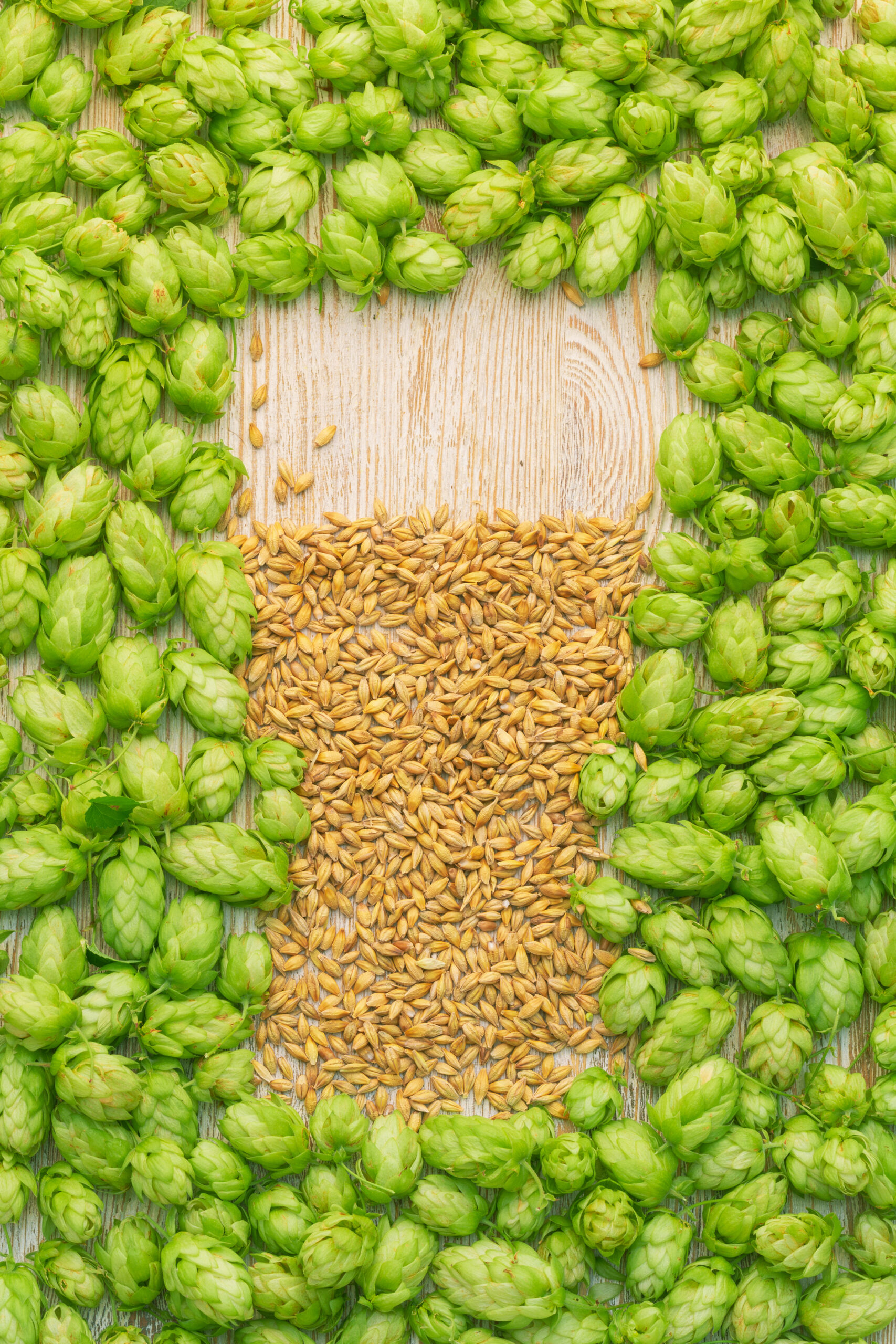Ingredient storage tips January 2022

Making the best beer you can requires the best ingredients, and keeping them in the best condition. We spoke with Jordan Hynes, Operations Manager at Bintani and Owen Johnston, Sales & Marketing Manager at HPA to look at storage and handling of brewing ingredients to ensure brewers can keep their ingredients at their best.
Inspection
Before anything else, as ingredients arrive brewers should do a thorough inspection and cross reference all items against the paperwork Hynes explained.
“Most brewers would know what they’d ordered and you’d like to think that they can identify when it arrived. However, it may not be brewers unloading the truck, maybe one of the warehouse staff or somebody else in the brewery. So it might not be immediately obvious, especially if it’s a mixed pallet or if it’s multiple pallet on the consignment,” he said.
“As soon as an order is dispatched, you can cross check this against the rest of the paperwork to ensure that batch numbers align, and the specifications meet the requested requirements.”
If pests are present on any pallet, Hynes recommended a few processes to mitigate the damage.
“Isolate the bags and once the bags have been opened, make sure that they’re in airtight conditions, if at all possible. Make sure that the ambient storage conditions are relatively cool, and make sure that they’re not stored against any other products so that there’s no contamination issues going forward.”
When it comes to inspecting hops, the first step would be to examine the Certificate of Analysis (COA). A COA is a certificate that describes the hops at the time of packaging and as Johnston explained, this is the most important part of the paperwork.
“First and foremost, retain the really important parts of the paperwork around that delivery and that’s the COA. So, if you’ve got over that initial receipt, you’ve checked the packaging for damage, with the primary concern being the integrity of the foil. But the real kicker is whether the vacuum is still intact on the foil that the hops are in and if that is the case, and you’ve got your lock code and COA details visible to you, you’re good to go.”
Storage Conditions
To ensure hops are maintained and stored properly, Johnston recommended cooler conditions, especially if brewers are storing large amounts.
“So we advise storing between one and five degrees. The lower the better if you’re going to store for a lot. If you know you’re going to be storing for a long time and you’ve got freezer space, then then go right ahead. It’s very similar to beer packaging. Heat cycling can be as damaging as the absolute temperatures,” he explained.
Johnston also urged brewers to hold onto the original packaging of the hops.
“I do recommend retaining as much of the original packaging as possible because we have COA information on the cartons. Key data that we should be maintaining and trying to keep proximal to the hops themselves. So we understand what we’re about to put in the beer, and even on the foil. So I would always recommend leaving it in the original packaging, if you haven’t got suitable alternatives.”
For malt, Hynes recommended a ‘less-is-more’ approach as sitting on significant amounts of stock could lead to potential issues.
“We will advise customers to hold no more than two weeks worth of stock, so that they’re not sitting on any products. Colour malt, for example, store those in airtight conditions so that they stay fresh, because malt absorbs the ambient conditions. So once it absorbs that moisture, it can become slack and stale.
“And especially if you have something like multidose, which has a high oil content, it could go moldy. So for those kinds of products, it’s particularly important to make sure that you’re not sitting on that stock.”
Design is key
When it comes to storing ingredients, it can be difficult to know what are the ideal requirements breweries need to ensure the best storage conditions. Hynes offered some malt storage design advice for breweries in planning.
“At the design stage, if anyone’s considering getting silos in, you want to try and sort of focus on a mass flow silo system, which has the steep side so that you don’t get them all stagnating and the side of a funnel flow stale sail. Obviously that takes a lot more headroom. So that’s definitely something to consider at the design stage,” he explained.
“For any existing breweries that don’t necessarily have that space, maybe it’s worth considering two smaller silos side by side, just to ensure that your malt is not stagnating, and you’re getting all the batches running through, there’s no buildup and if you’re putting in different varieties, you know, for sure that the first one was cleared before you put the next one in.”
For hops, Johnston suggested ordering less for breweries just starting up.
“I would say use your supplier appropriately, forecast your demands and communicate them, but don’t feel obliged to call up a hefty weight of hops just because you’re underway,” he explained.
“You shouldn’t feel pressured to call up anything that you don’t need. Maybe just ballpark what your initial brewing schedule is going to be. You don’t have to necessarily build a huge coolroom and expect you’re going to need pallet racking for hops specifically.
“Talk with the supplier to understand how they can fit with your responsible attitude to start up and certainly don’t feel obliged to pull in a huge cost and potentially create storage challenges as it relates to hops.”
To hear more tips on storing ingredients, listen to the full Brewer’s Perspective podcast below.

